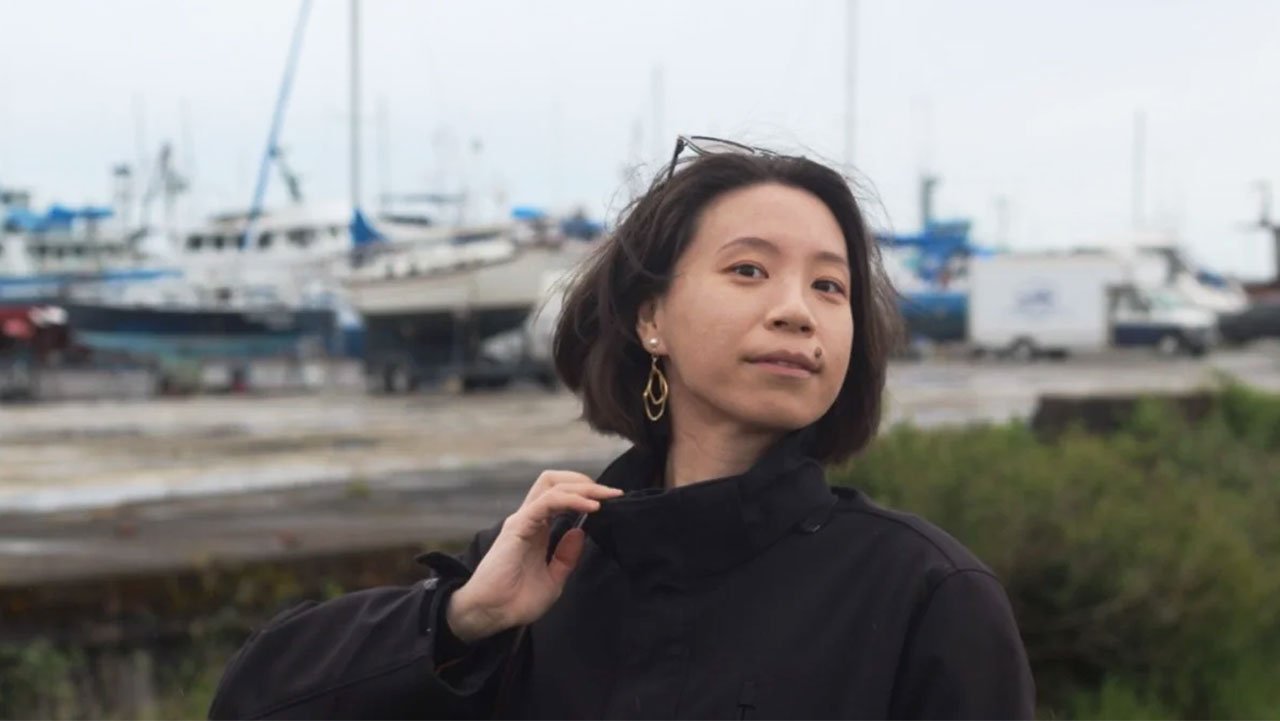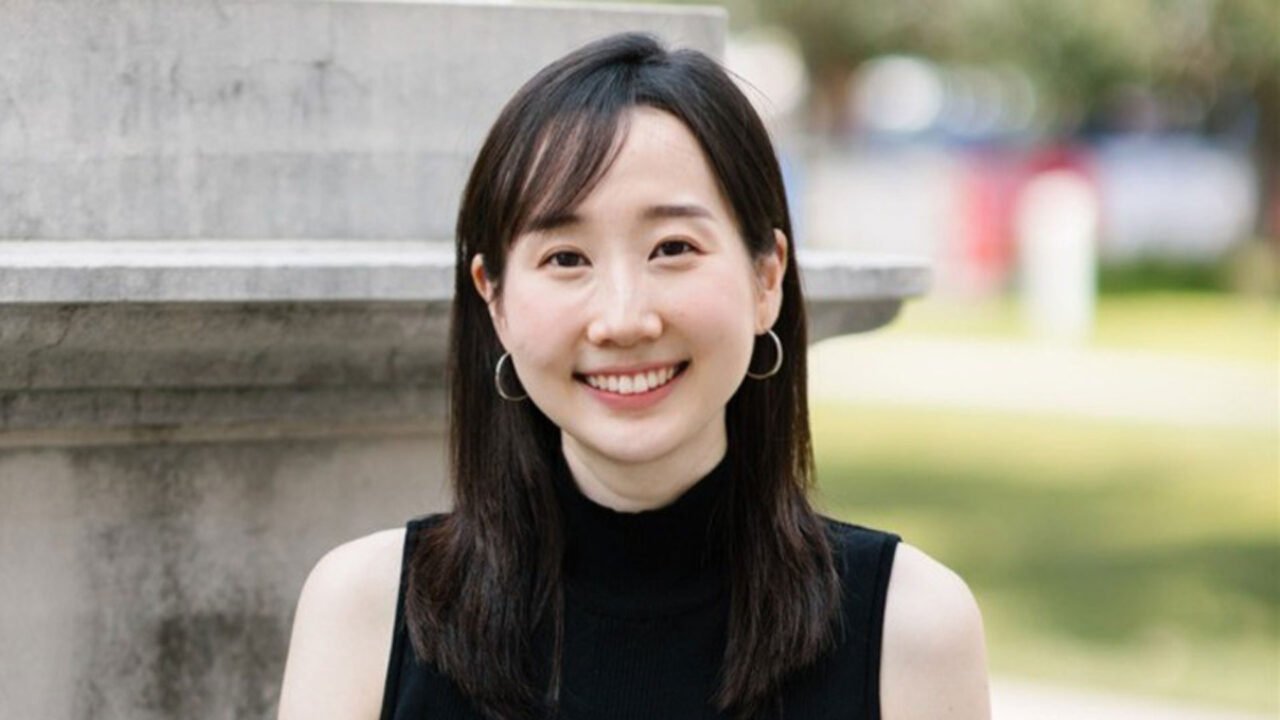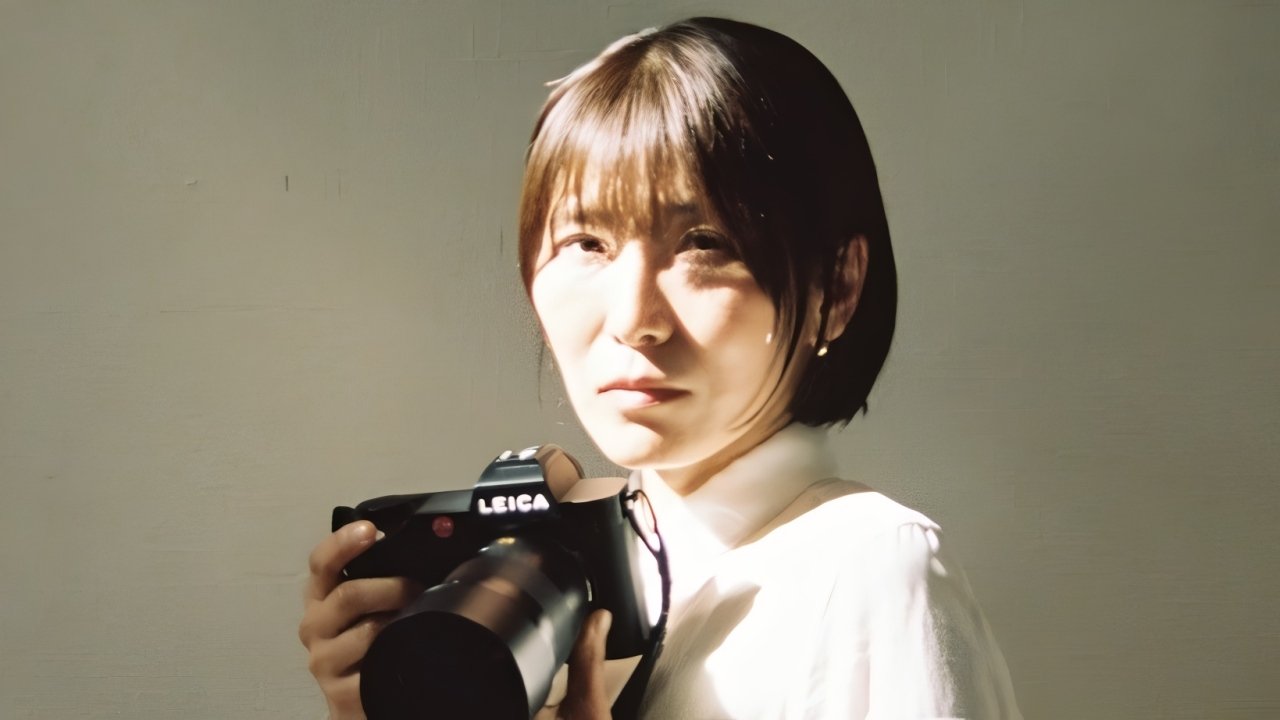
Mingjun Liao on How Interior Design Shapes the Salon Experience
July 8, 2025
Designing for Cities and Communities: Interviewing Ruxuan Zheng, Yan Huo & Mingrui Jiang
July 9, 2025Tongtong Zhang
Tongtong Zhang is a landscape architect committed to blending aesthetics with environmental and social responsibility, using design to bring beauty and greenery into urban spaces. Her work spans global projects and reflects a personal passion for exploring new geographies, connecting with local cultures, and creating meaningful landscapes rooted in community.
I was introduced to the NY Architectural Design Awards through a friend who had previously won, and that initially sparked our interest. What truly drew me in, though, was the award's global reach and its commitment to celebrating innovation across a wide spectrum of design disciplines—not just architecture, but also landscape, interior, and product design.
It stood out as a platform that brings diverse creative voices together and recognizes work that pushes boundaries. Submitting my projects felt like a natural fit given the interdisciplinary nature of our design. Receiving this recognition is incredibly meaningful to me, not only as a professional milestone but also as a strong affirmation of the direction we’re heading creatively.
"Where Time Lingers" rethinks conventional cultural tourism by promoting a slower, more contemplative approach. This concept encourages visitors to deeply engage with the spirit of a place—referred to as a “field”, through extended, mindful presence. This proposal invites you to spend one day like the ancient Greeks once did in the ruins of Kayaköy.
"Oceanic City-states" is a conceptual design proposal to transform decommissioned offshore oil rigs into sustainable offshore cities. Each converted oil rig would serve as a micro-community housing essential urban functions. The Oceanic City-States aim to create zero-energy, zero-pollution communities that address current and future human habitat challenges.
"Iridescent Exploration" presents a forward-looking vision for the transformation of Lungomare’s waterfront area, focusing on uncovering its hidden gems, creating curated paths through different regions, and providing diverse experiences with iconic designs while respecting the essence of the location.
At the heart of the vision is the protection and revitalization of the sand dune ecosystems and estuarine wetlands, which form the ecological backbone of the area.
My journey into landscape architecture has deep personal roots—my grandfather was an architect, and his passion for the field left a lasting impression on me. From a young age, I was also drawn to the natural world, particularly plants and ecosystems, which sparked a growing interest in how the built environment interacts with nature.
Living in a major urban center during an era of increasing climate instability has only deepened my awareness of environmental challenges. These experiences led me to landscape architecture, a field I see as uniquely positioned to address both human needs and ecological responsibility.
It offers the ability to design spaces that are not only beautiful and functional but also resilient and sustainable. For me, it’s a way to create environments that support daily life while responding thoughtfully to the urgent demands of our planet.
We are a group of designers and friends. At the core of our mission is a commitment to designing for a more responsible and conscious world. We believe that design is not just about aesthetics or functionality—it’s a powerful tool for shaping awareness and behavior.
Through our work, we aim to highlight the urgency of the environmental crisis and encourage a deeper sense of accountability in how we interact with the world around us.
For the "Oceanic City-states" project, one of the most unexpected challenges we faced was creating a truly zero-waste structure. Ensuring that every material was recycled or repurposed required careful planning and sourcing, which pushed us to rethink traditional building methods and incorporate more innovative, sustainable solutions.
For "Iridescent Exploration", designing with the broader ecosystem in mind. We didn’t just focus on the human users of the space; we also had to consider the impact on local wildlife, such as sea birds, shellfish, and plant life. This broadened our perspective and forced us to design with a more holistic approach, ensuring that the building coexisted harmoniously with its environment.
My process begins with bold, unrestricted thinking—I allow myself to start as creatively and freely as possible, often end up with one clear and powerful idea that anchors the project. That core concept becomes the compass.
From there, I go through several rounds of iteration, refining and adapting the design so it can take shape in the real world. This phase is where ideas meet constraints—site conditions, materials, functionality—but I work hard to stay true to the original vision. It’s about striking a balance: grounding the design in practicality without diluting its conceptual strength.
I've got a few words and the themes!
"Where Time Lingers": Immersive, Temporal, Field.
"Oceanic City-states": Self-sustained, Multifaceted, Bio-synchronous.
"Iridescent Exploration": symbiotic, Unveiling, Iconic.
One piece of feedback I received for "Oceanic City-states" that stood out as especially meaningful was the recognition of the project's conceptual boldness—specifically, how it reimagines an oil platform, a powerful symbol of human-driven energy extraction and environmental harm, as a testbed for sustainable living.
This inversion—taking something rooted in ecological degradation and transforming it into a beacon of resilience and innovation—struck a chord with many. The idea of using the byproduct of unsustainable practices as a foundation for change was seen as both poetic and provocative.
This recognition is a significant moment of validation for both me and my team. It reinforces our belief in the direction we’re pursuing and affirms the hard work, experimentation, and vision behind our design approach.
More importantly, it energizes us—it’s a reminder that our efforts to push boundaries and explore future-oriented, innovative solutions are being seen and appreciated. It motivates us to keep challenging ourselves, to stay curious, and to continue designing with purpose and impact.
One idea I’ve been deeply inspired by is reimagining how we live vertically, through a modular system where individual units can be plugged in, unplugged, or rearranged to suit different needs over time. This vision goes beyond just vertical housing; it's about creating a highly adaptable living model that embraces flexibility, diversity, and sustainability.
The inspiration comes from a desire to challenge the rigidity of traditional urban living. In an era where lifestyles are evolving rapidly, we need spaces that can evolve with us. A modular, mix-and-match vertical system allows for personalization, shared resources, and efficient land use, offering new possibilities for community, resilience, and future-forward design.
Over the next decade, I believe architecture and landscape architecture will continue to shift toward more sustainable, adaptive, and ecologically responsive solutions. The climate crisis is no longer a distant concern—it’s a pressing reality that demands innovation across every aspect of design, from material choices to urban planning.
I want to continue designing with intention—creating spaces that are not only beautiful and functional, but that actively restore, regenerate, and inspire a more conscious way of living.
I see my work as part of a broader movement toward rethinking how architecture interacts with the environment—not as something separate from nature, but as something deeply embedded within it. I believe sustainable architecture must go beyond performance metrics—it should reshape how we live, consume, and relate to the planet.
My goal is to design with both immediate functionality and long-term environmental impact in mind, creating models that inspire change at every scale.
I would design an infinite garden—a living, ever-evolving ecosystem filled with edible, self-sustaining plant species from around the world. It would be a fusion of agriculture, ecology, and design. This garden would be more than a space—it would be a model for regenerative living. Every element would be designed to support biodiversity, replenish soil health, and function without waste. It would adapt to its environment, grow with time, and offer food, learning, and inspiration to anyone who enters.
To me, this vision represents the ultimate union of sustainability, abundance, and harmony—a place where design becomes a quiet, powerful force for healing and connection.
Tongtong Zhang
Tongtong Zhang is a landscape architect committed to blending aesthetics with environmental and social responsibility, using design to bring beauty and greenery into urban spaces. Her work spans global projects and reflects a personal passion for exploring new geographies, connecting with local cultures, and creating meaningful landscapes rooted in community.
Explore more design insights titled - From Concept to City: Chuan Liu Creates a Driven Urban Design here.








